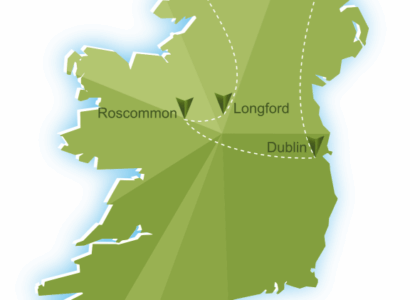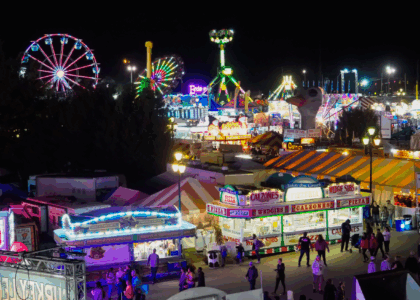Welcome to the Appalachian Trail’s Irish Twin, a place that might not immediately ring a bell but carries a fascinating connection to the Appalachian Trail in the United States. The story of this unique site begins in the 17th and 18th centuries, a time when waves of immigrants from the British Isles made their way to the New World, bringing with them traditions and cultural practices that would shape the Appalachian region. Many of these immigrants hailed from Northern England, the Scottish lowlands, and Ulster, and they carried with them rich musical traditions.
The Appalachian Trail’s Irish Twin is a symbolic nod to this cultural migration. While the Appalachian Trail itself stretches over 2,000 miles of the Eastern United States, this Irish counterpart serves as a reminder of the deep-rooted connections between the regions. The music, in particular, provides a melodic link. Traditional Appalachian music, influenced by British ballads and hymns, finds its echoes in the tunes from Ireland and Scotland.
Though this location doesn’t have the physical presence of a trail, it represents a cultural pathway that spans an ocean, illustrating how the music and traditions of the British Isles took root in the Appalachian Mountains. Appalachian music, which played a significant role in the development of country, bluegrass, and folk music, bears the legacy of these transatlantic influences.
As you reflect on this cultural journey, consider the notable figures like Fiddlin’ John Carson and Bascom Lamar Lunsford, who were pivotal in recording and preserving Appalachian music in the early 20th century. Their work, along with that of many others, ensured that the melodies and stories from across the Atlantic would continue to resonate in the hills of Appalachia.
This site serves as a historical and cultural waypoint, highlighting the enduring influence of European traditions on American music and culture. It is a testament to the shared heritage that continues to enrich our lives today.





